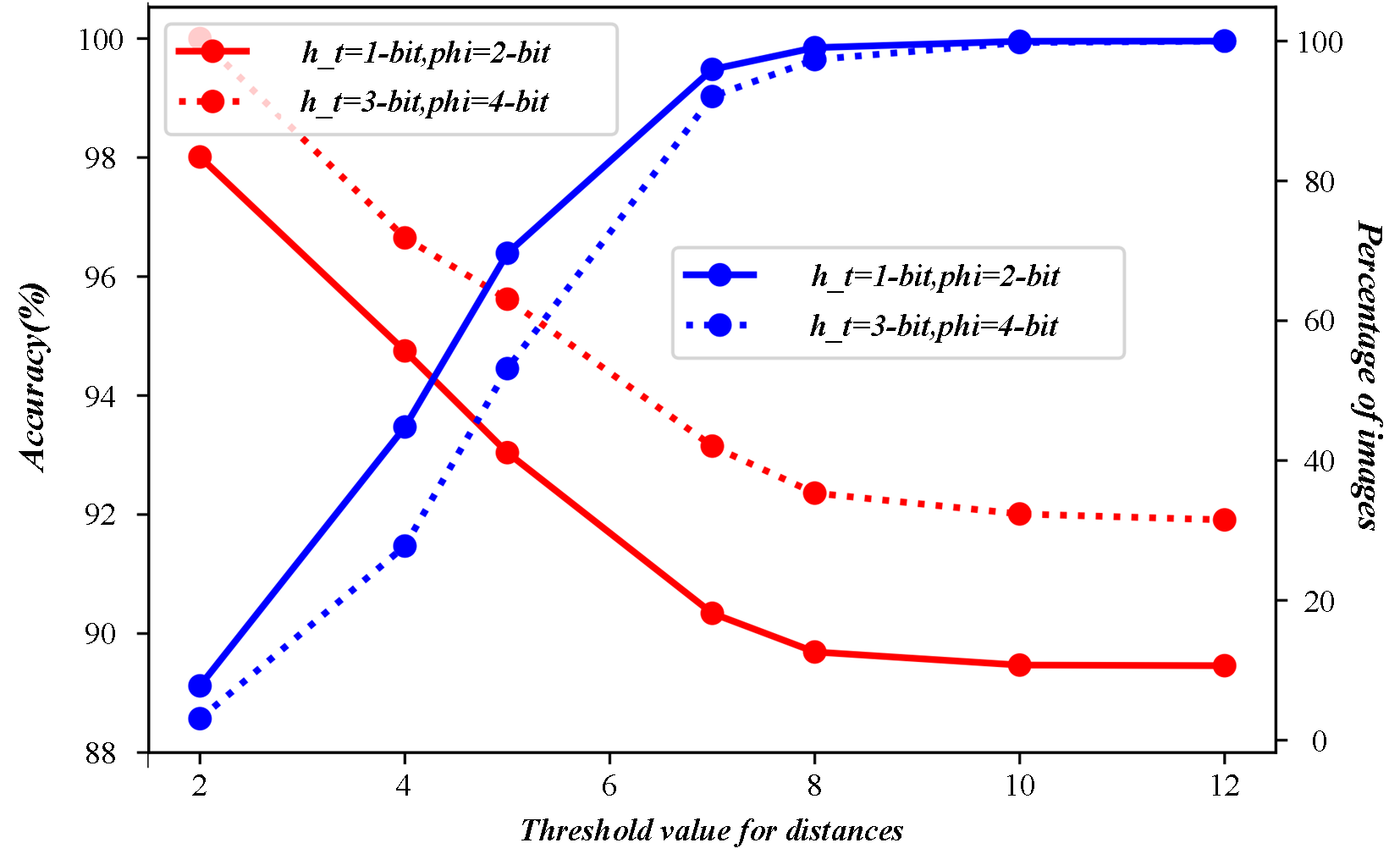Application of Communication Technology and Neural Network Technology in Film and Television Creativity and Post-Production
DOI:
https://doi.org/10.17762/ijcnis.v16i1.6560Keywords:
communication technology, neural network technology, film and television post-production, audience data analysisAbstract
The intersection of communication technology and neural network advancements in the realm of film and television creativity and post-production assumes a pivotal role, heralding a new era of content innovation. These technologies not only fuel the inventive spirit in film and television narratives, but they also elevate production efficiency and artistic quality to unprecedented heights. Enabled by high-speed data transmission and cloud storage solutions, global teams now collaborate in real-time, seamlessly sharing voluminous media files, thereby expediting the entire creative journey from script to screen. This not only mitigates the reliance on traditional manual labor but also enhances the realism and sophistication of visual effects. Illustratively, facial recognition and expression capture technologies accurately capture actors' expressions, transplanting them onto digital characters, thereby yielding realistic animations. Moreover, neural networks analyze vast audiences' data, providing producers with a nuanced understanding of audience preferences, guiding content creation, and aligning film and television works with market demands. In this manner, the integration of communication and neural network technologies ushers in a new dawn for film and television, one that is rich in innovation, efficiency, and artistic excellence.
Downloads
Published
How to Cite
Issue
Section
License
Copyright (c) 2024 International Journal of Communication Networks and Information Security (IJCNIS)

This work is licensed under a Creative Commons Attribution-NonCommercial-ShareAlike 4.0 International License.





